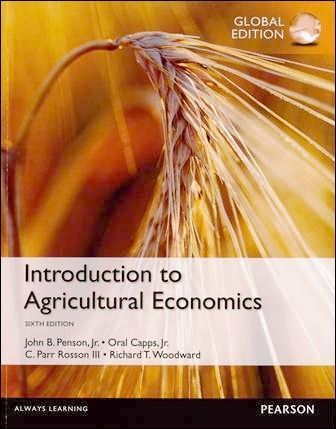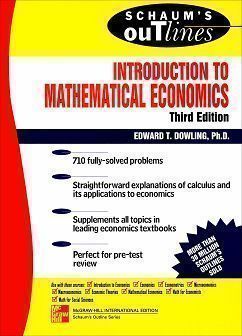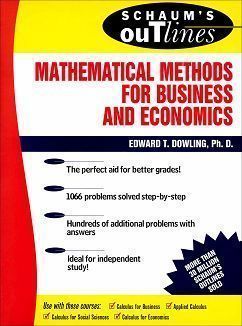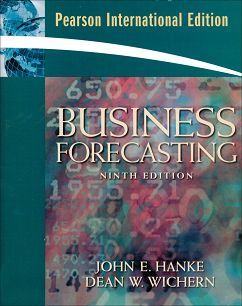書籍分類

Introduction to Agricultural Economics 6/e
作者:John B. Penson, Oral Capps, C. Parr Rosson, Richard T. Woodward
原價:NT$ 1,500
ISBN:9781292073064
版次:6
年份:2015
出版商:Pearson Education
頁數/規格:428頁/平裝彩色
版次:6
年份:2015
出版商:Pearson Education
頁數/規格:428頁/平裝彩色
內容介紹 本書特色 目錄 作者介紹
- Description
- Strong coverage of macroeconomics, the role of government, and international agricultural trade: The coverage of macroeconomics and agricultural programs and policies allows students to further understand the domestic market economy.
- Building block approach: Discusses individual consumer and producer decision-making, market equilibrium and economic welfare conditions, government intervention in agriculture, macroeconomic policy, and international trade.
- Extensive chapter review: Each chapter contains an extensive list of questions designed to test student comprehension of the material covered.
For courses in Introduction to Agricultural or Applied Economics
Introduction to Agricultural Economics, Sixth Edition, provides students with a systematic introduction to the basic economic concepts and issues impacting the U.S. food and fiber industry and offers strong coverage of macroeconomic theory and international trade. The Teaching and Learning Package includes an Instructor’s Manual and PowerPoint slides.
Teaching and Learning Experience:





